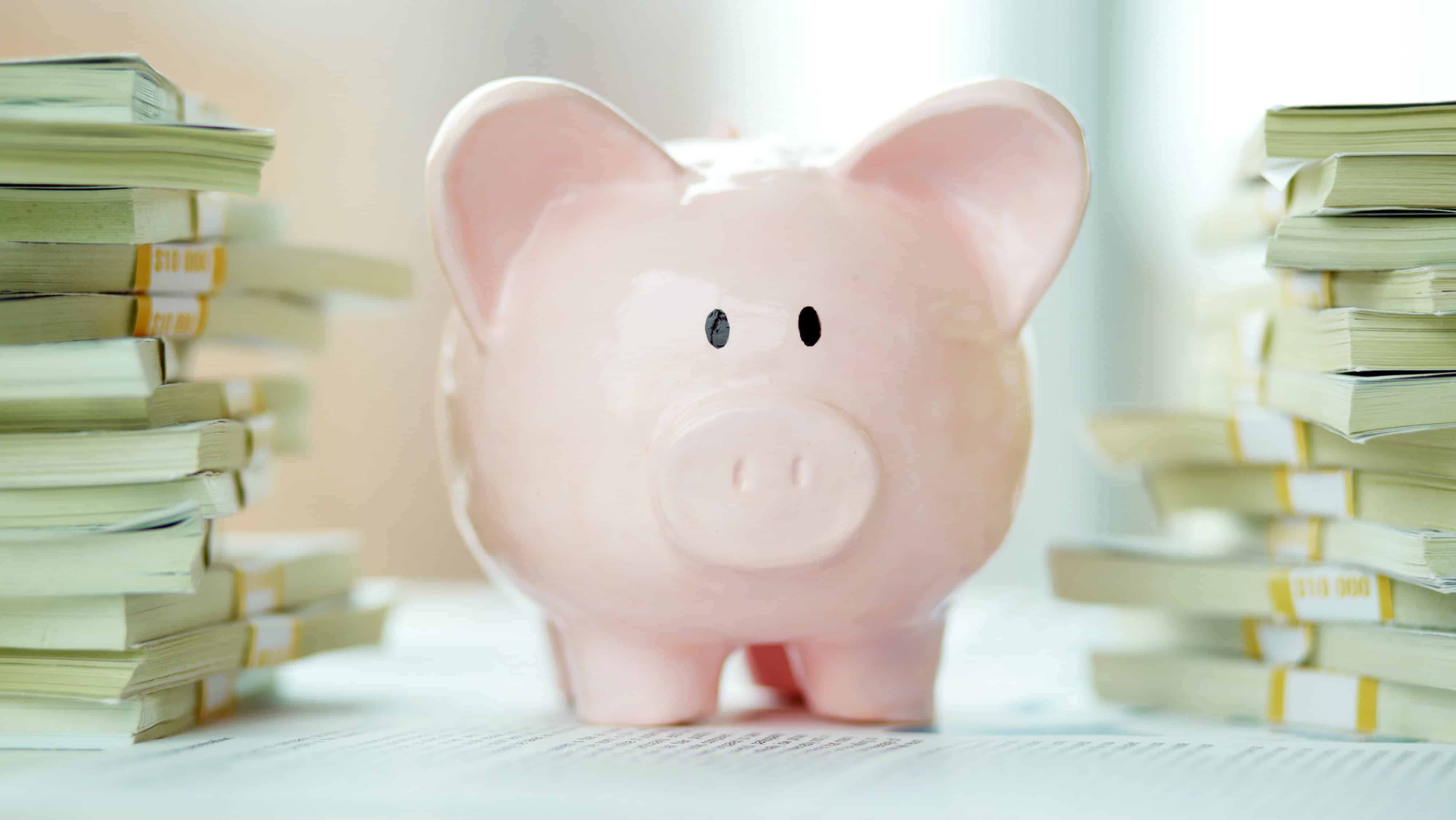Young Canadians are searching for ways to set aside some cash for their retirement.
This wasn’t always a big concern for new grads and young professionals, but the employment world has changed significantly in recent years.
What’s going on?
Contract work is more common, and the full-time jobs that are available often come with pension benefits that are less attractive than those enjoyed by the boomers, or even the first wave of the Gen X crowd.
As a result, many millennials are forced to look after their own retirement planning.
One strategy involves holding dividend-growth stocks inside a TFSA and investing the distributions in new shares. This harnesses the power of compounding and can turn a modest initial investment into a nice nest egg over the course of a few decades.
When the time comes to cash out and enjoy the money, all the gains are tax-free.
Let’s take a look at Royal Bank of Canada (TSX:RY)(NYSE:RY) to see why it might be an interesting pick.
Earnings
Royal Bank just reported strong earnings. The company generated net income of $2.837 billion for fiscal Q4 and $11.469 billion for the entire fiscal 2017 year.
Those are some impressive numbers.
Earnings rose 11% in the personal and commercial banking operations, 25% in the wealth management division, and 11% in the capital markets group.
Insurance earnings rose 9% on an adjusted basis after the sale of part of the business is taken into consideration.
The balanced revenue stream is a big reason for the company’s success, and investors could see more diversification in the coming years, especially in the United States, where Royal Bank made a US$5 billion acquisition in late 2015.
Risk
Some investors are concerned a downturn in the Canadian housing market will hit the Canadian banks. It’s true that a total meltdown would be negative, but most analysts predict a gradual reduction in house prices.
Royal Bank’s Canadian residential lending portfolio is large at $272 billion, but insured loans represent $88.9 billion of the total, and the loan-to-value ratio on the $183.1 billion in uninsured mortgages is 49%. This means house prices would have to come down significantly before the bank sees material losses.
Dividends
Royal Bank has a strong track record of dividend growth, and that trend should continue.
The current payout provides a yield of 3.6%.
Returns?
A $10,000 investment in Royal Bank 20 years ago would be worth more than $100,000 today with the dividends reinvested.
The bottom line
There is no guarantee that Royal Bank will generate the same returns over the next 20 years, but the strategy of buying top dividend-growth stocks and investing the distributions in new shares is a proven one.








